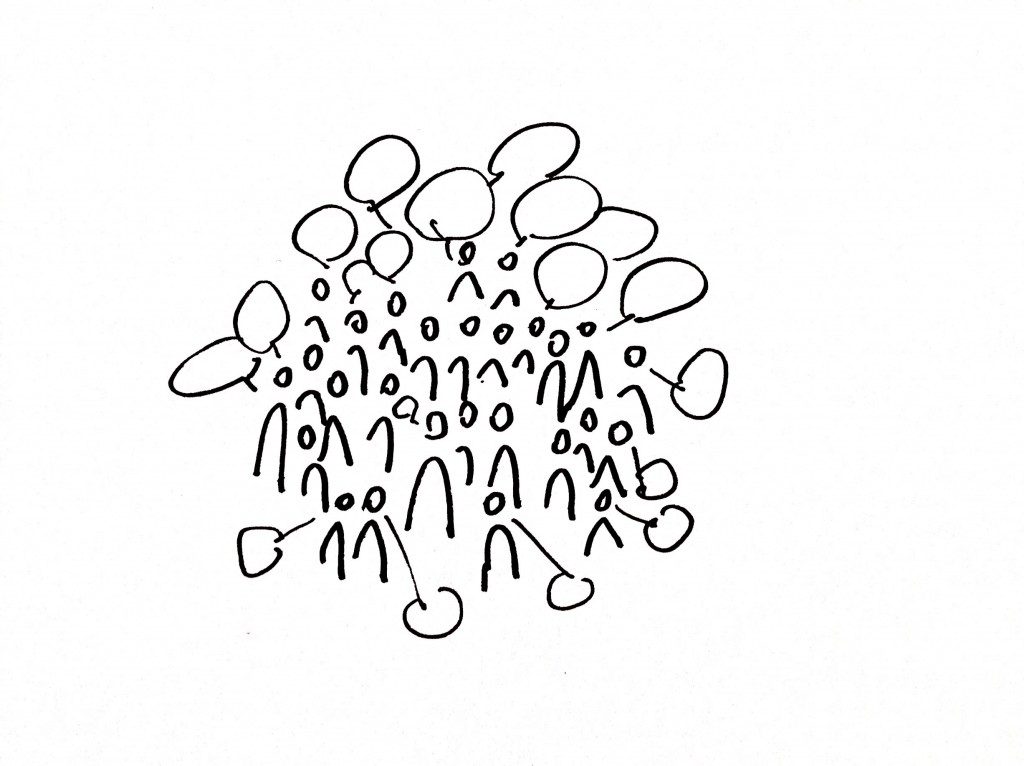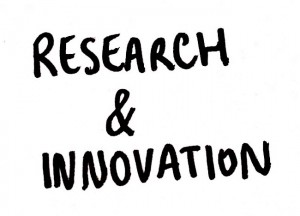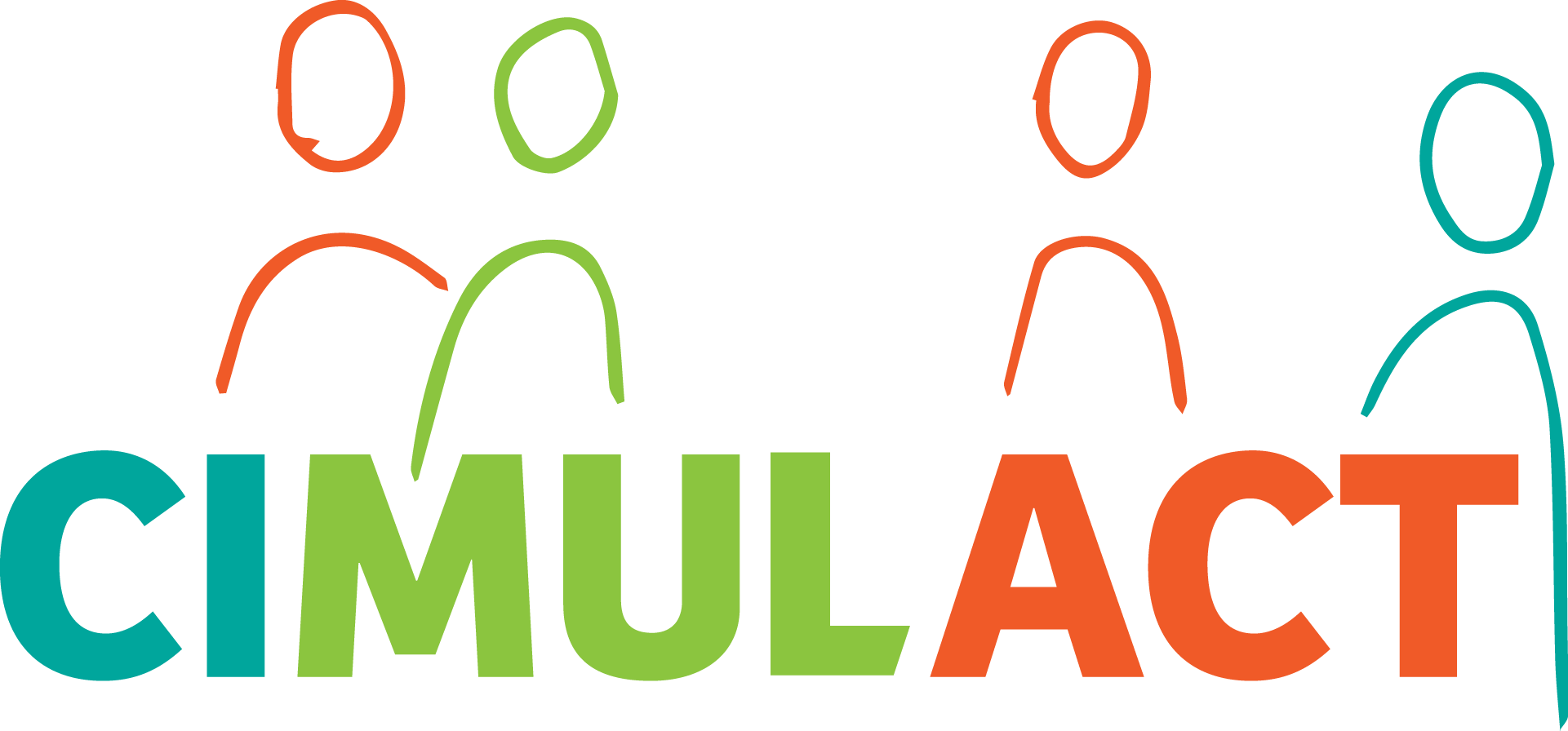 Various authors describe the possible inaccuracy of expert forecasts in topics such as business, sports or crime and how they might fail to be more accurate than predictions by non-experts5,6. According to the so-called “experts’ dilemma”7, different scientific studies on the same subject can lead to opposing results. Decisions taken only on the basis of expert knowledge also face the question of legitimacy and public acceptance. Among other factors (risk technologies, technology failures, etc.), all these considerations have contributed to an increasing loss of confidence in science’s objectivity and credibility among the public.
Various authors describe the possible inaccuracy of expert forecasts in topics such as business, sports or crime and how they might fail to be more accurate than predictions by non-experts5,6. According to the so-called “experts’ dilemma”7, different scientific studies on the same subject can lead to opposing results. Decisions taken only on the basis of expert knowledge also face the question of legitimacy and public acceptance. Among other factors (risk technologies, technology failures, etc.), all these considerations have contributed to an increasing loss of confidence in science’s objectivity and credibility among the public.
The participatory turn
In response to the growing pressure on the scientific community to be accountable to society, the “participatory turn”8 took place in science. The inclusion of laypeople demonstrates an appreciation of the value of multiple perspectives, interests and types of knowledge. This is especially important if decision makers are to be supported in issues, which have implications for a wide variety of actors9. An example of the turn is the development of a set of tools for “democratic technology assessment” that were established in the wake of various controversies concerning new technologies. These tools balance equal participation of laypeople and experts and, if procedural rules are adhered to, they can produce a high level of legitimacy and acceptance10.
A substantive, a normative, and an instrumental rationale
With the aim of producing better decisions and fostering legitimacy11, participation tries to raise acceptance and integrate different values into the decision-making process. According to Fiorino12, there are at least three different rationales for undertaking public participation: substantive, normative and instrumental. The substantive argument states that considering lay assessment of risks often leads to better decisions than merely relying on experts’ judgement. The normative rationale is based on the notion that the public is best qualified to decide on matters that lie in their own interest. Finally, the instrumental argument reasons that decisions that are taken in consent with laypeople are more likely to be legitimate and accepted. From a science and technology studies perspective, Lengwiler13 argues that in most cases participatory approaches are aimed at taking decisions on the science policy level and not at actual research practices. The methods used and their intentions are highly diverse and the decision-makers’ motivations for bringing about participatory exercises may vary as well. Nevertheless, a widespread belief indicates that considering a multiplicity of opinions can lead to socially more robust decisions and “[…] brings citizens and institutions closer together”14,15 summarise that “collective problem solving discussions are the critical element of deliberation” allowing for the integration of diverse backgrounds, interests and values to arrive at more informed decisions. This integration of diversity, which Surowiecki16 refers to as the wisdom of crowds can be cited in favour of all three motives.
 Involving lay people, experts and stakeholders
Involving lay people, experts and stakeholders
In Technology Assessment, participatory methods gained significance as “the relevance of societal dimensions of science and technology was increasingly acknowledged”17, giving rise to a lively conceptual debate on involving the citizens’ normative evaluations into Technology Assessment18. There is a wide set of tools for Participatory Technology Assessment (pTA) and new methods are constantly being developed, all having in common that they involve either laypeople, experts or stakeholders or any combination of these groups in “{…} considering and evaluating scientific-technical issues beyond their purely scientific, technical and economic aspects—as done on classical TA–to include wider social, ethical and political aspects” (Joss and Bellucci 2002, p. 6). The term ‘scientific-technical issues’ can relate to different levels in research and development: a product which has already been introduced into the market can be assessed, as well as ideas of what should be developed. Equally the framework conditions in which research and development takes place can be the subject of the assessment. Research policies are an important aspect of these conditions and are therefore of valid interest for pTA activities.
This section derives from the publication: Gudowsky, N.; Peissl, W.; Sotoudeh, M.; Bechtold, U., 2012: Forward-looking activities: incorporating citizens´ visions. In: Poiesis & Praxis 9(1-2): 101–123.
5 Goldstein D, Gigerenzer G (2009) Fast and frugal forecasting. Int J Forecast 25:760–772
6 Makridakis S, Taleb N (2009) Decision making and planning under low levels of predictability. Int J Forecast 25:716–733
7 Grunwald A (2002) Technikfolgenabschätzung: eine Einführung. Ed. Sigma, Berlin
8 Jasanoff S (2003) Technologies of humility: citizens participation in governing science. Minerva 41:223–244
9 Rask M, Worthington R, Lammi M (eds) (2012) Citizen participation in global environmental governance. Earthscan Publications/Routledge, London
10 Abels G, Bora A (2004) Demokratische Technikbewertung. transcript Verlag, Bielefeld
11 Bobbio L (2010) Types of deliberation. J Public Delib 6(2), Article 1.
12 Fiorino DJ (1990) Citizen participation and environmental risk: a survey of institutional mechanisms. Sci Technol Human Values 15(2):226–243
13 Lengwiler M (2008) Participatory approaches in science and technology: historical origins and current practices in critical perspective. Sci Technol Human Values 33:186–200
14 Monaghan E (2007) Civil society, democratic legitimacy and the European Union: democratic linkage and the debate on the future of the EU. Doctoral thesis, University of Nottingham.
15 Abelson J, Forest P, Eyles J, Smith P, Martin M, Gauvin F (2003) Deliberations about deliberative methods: issues in the design and evaluation of public participation processes. Soc Sci Med 57:239–251
16 Surowiecki J (2004) The wisdom of crowds: why the many are smarter than the few and how collective wisdom shapes business, economies, societies and nations. Doubleday, New York
17 Joss S, Bellucci S (2002) Participatory technology assessment: European perspectives. Centre for the Study of Democracy, University of Westminster, London p. 5
18 Abels G (2007) Citizen involvement in public policy-making: does it improve democratic legitimacy and accountability? The case of pTA. Interdiscip Inf Sci 13:103–116
